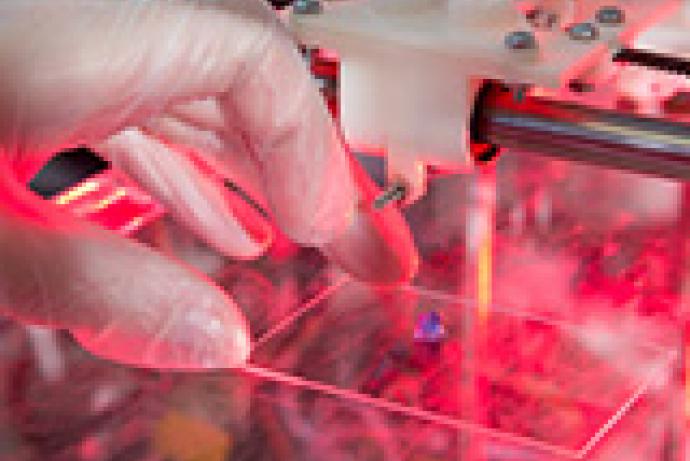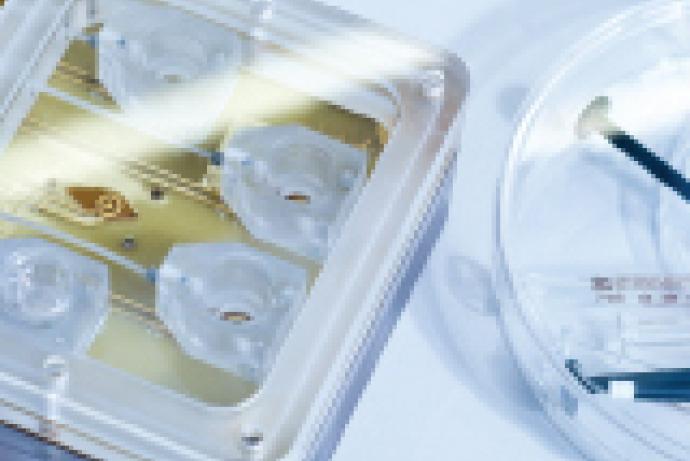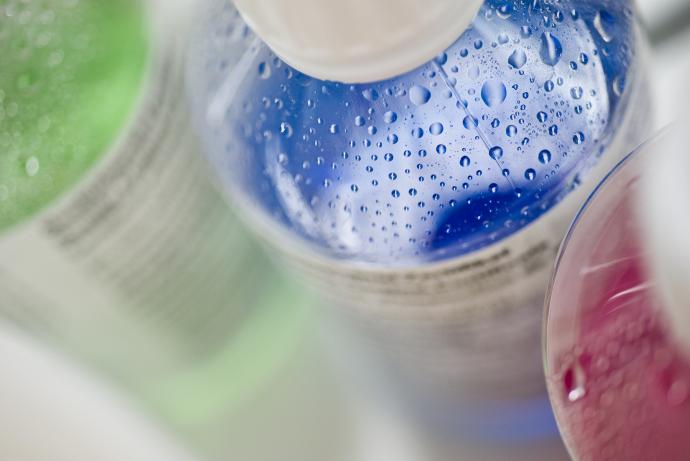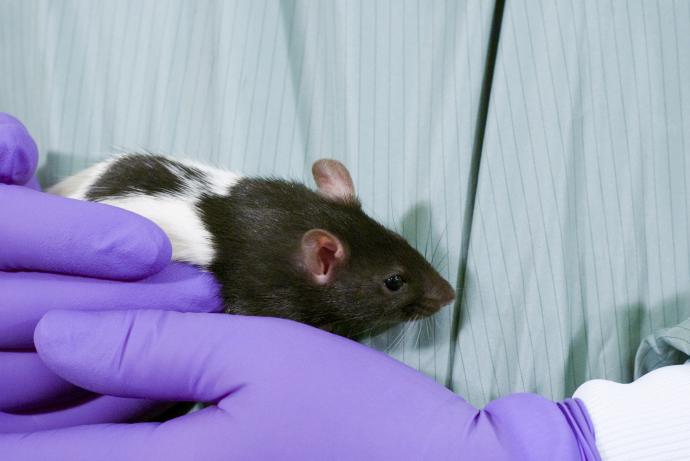Nephrotoxicity
This Challenge aimed to develop an in vitro cell-based model for the testing of nephrotoxicity that allows inter-species comparisons between toxicologically relevant species including rodents, non-rodents and man. The model required both predictive and mechanistic aspects.
No award made
Challenge launched
Sponsored by Roche and Pfizer, the Nephrotoxicity Challenge aims to develop an in vitro cell-based model for the testing of nephrotoxicity that allows inter-species comparisons between toxicologically relevant species including rodents, non-rodents and man.
Background
The kidney, together with liver and heart, is among the most important target organs for the detection of undesired adverse effects during drug development. Kidney toxicity accounts for 2% of drug attrition during preclinical studies and 19% in phase 3. There is a clear need for experimental models to both predict as well as to investigate drug-induced toxicities in the kidney. In recent years, significant progress has been made in the establishment and qualification of kidney toxicity biomarkers in rodents and in their transferability to man. However, there are no well established in vitro assays available to investigate kidney toxicity. The aim of this Challenge is to establish in vitro predictive assays that can provide reliable nephrotoxicity assessment. Such assays would allow information from several toxicologically relevant species (e.g. mouse, rat and dog) and from human-derived cells to be obtained. In vitro assays will also help understand the mechanistic basis of nephrotoxicity in different chemical classes of drug. Such systems would also allow a direct comparison of compound effects in rodent, non-rodent (e.g. dog) and human-derived cellular systems aiding compound selection and design of preclinical studies, e.g. species selection and appropriate dosing regimes.
3Rs benefits
Assessing the safety of drug candidates accounts for approximately 10-20% of the animals used in the drug discovery and development process. Improved in vitro assays for predicting nephrotoxicity will avoid drugs destined to fail in development being tested in animals, and where animals are used, improved information on the underlying mechanisms of toxicity will help refine study designs, including dosing regimes and species selection.



